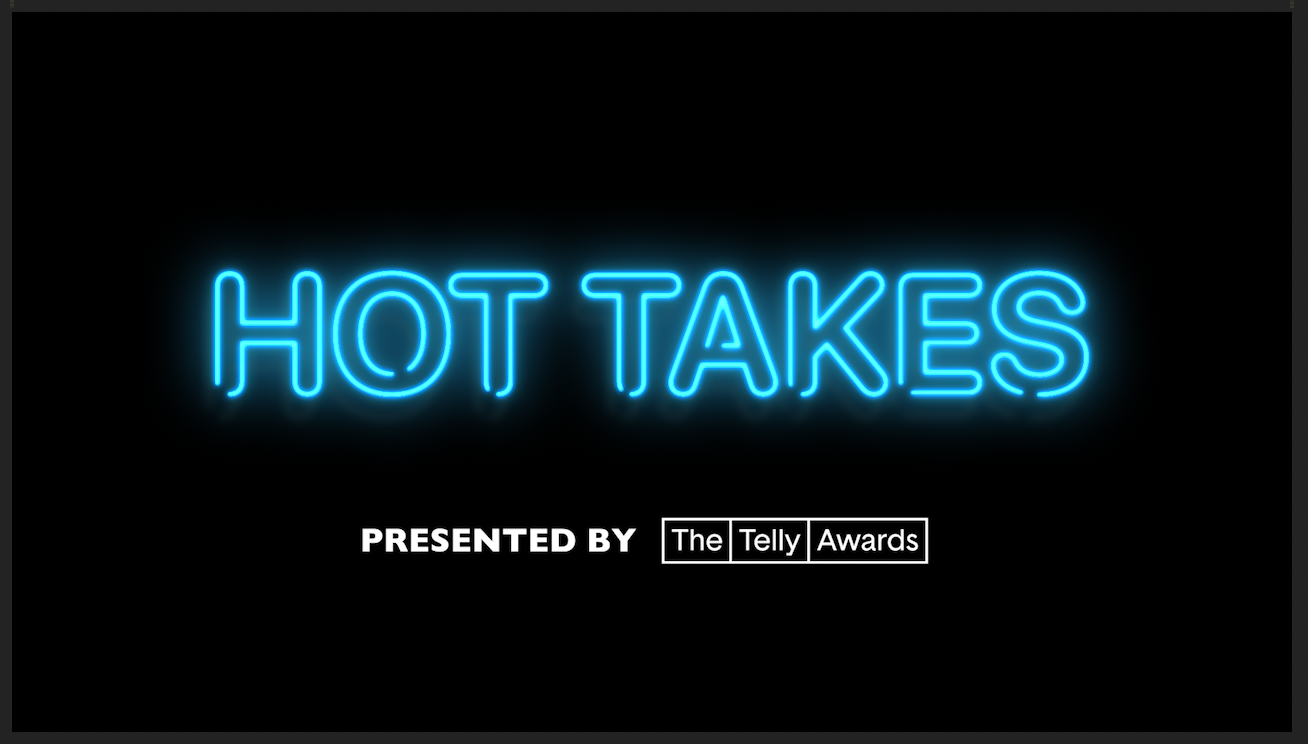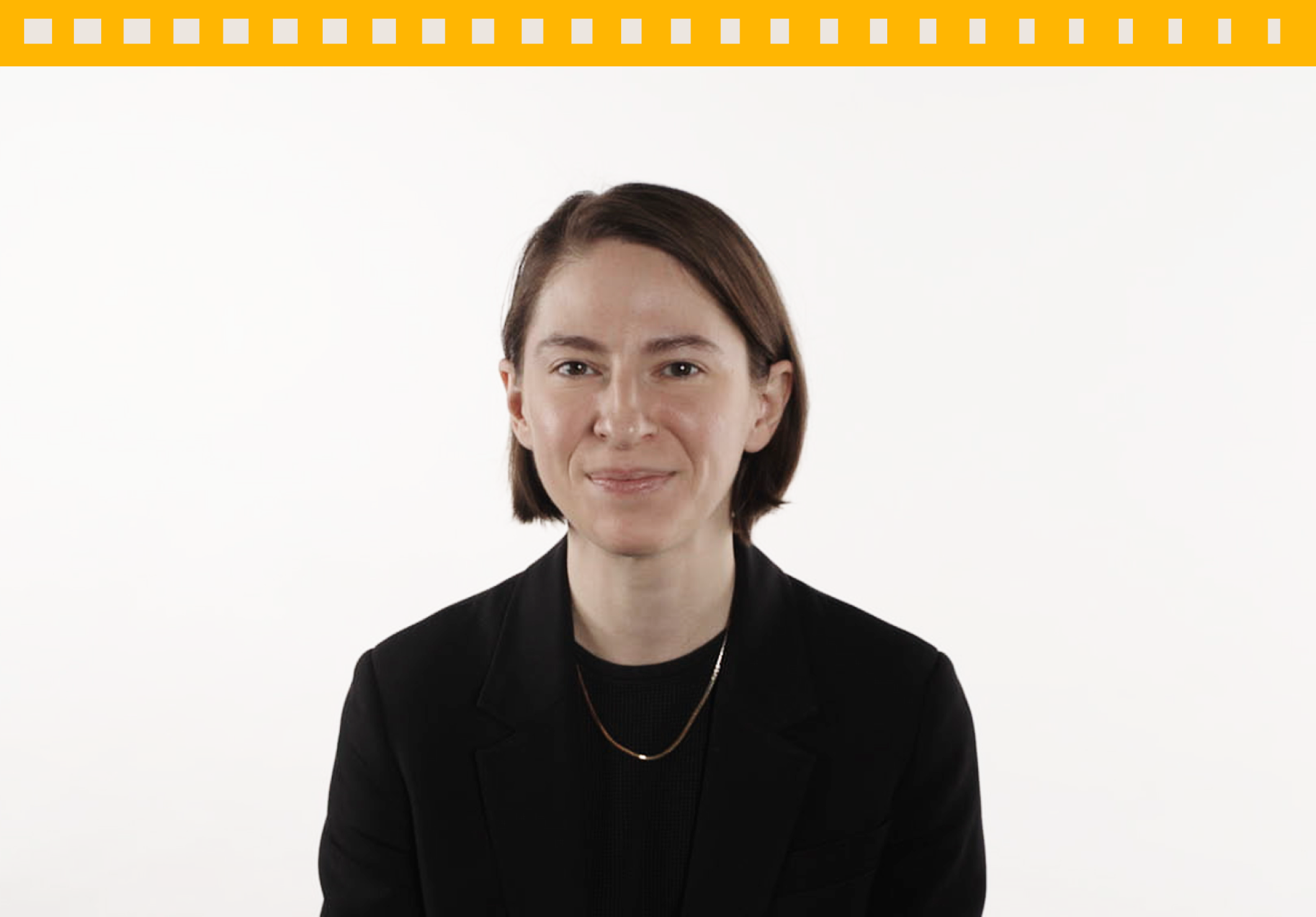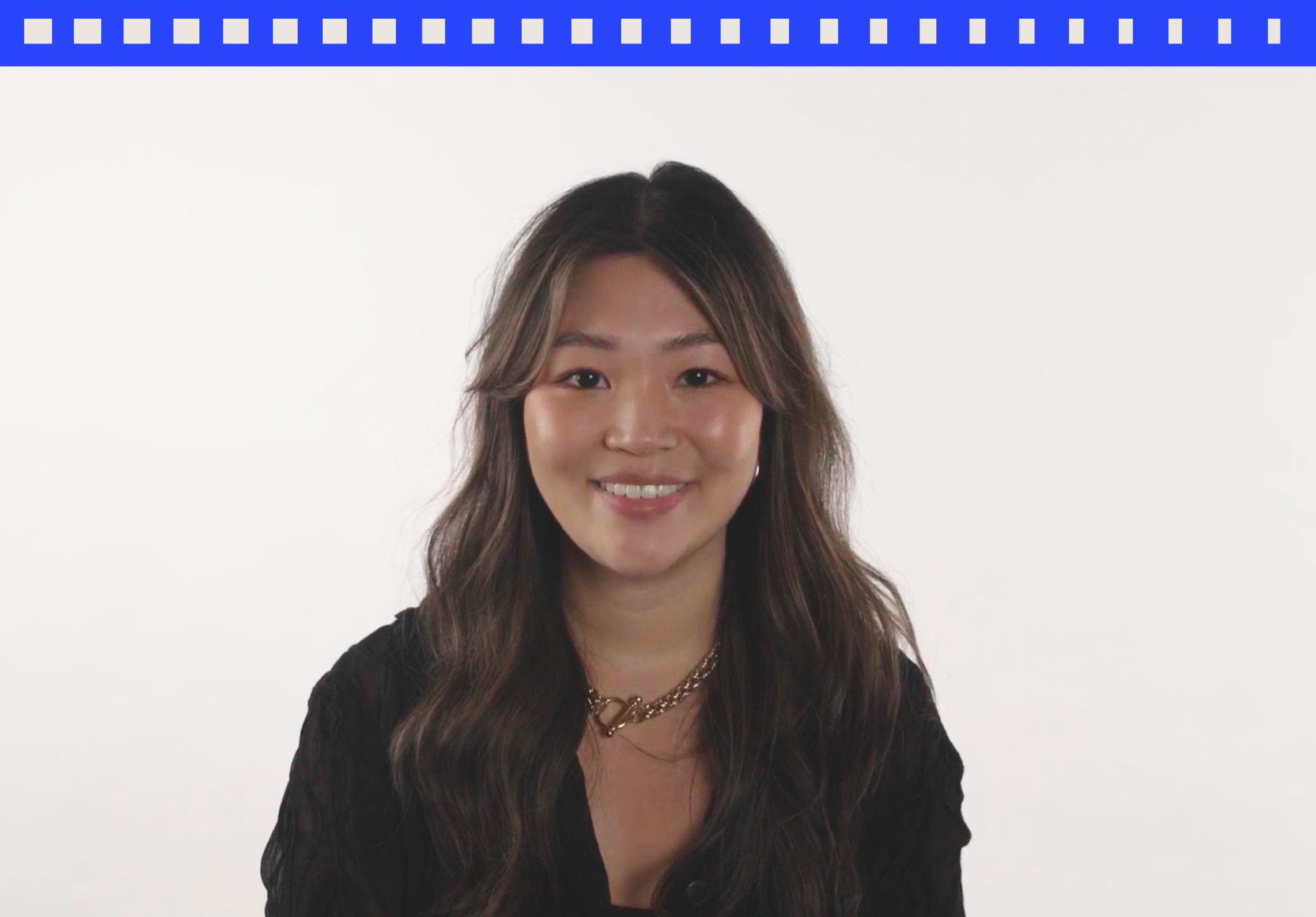Hot Takes is an original, monthly, Telly Awards interview series featuring a chosen industry leader and expert presenting an unfiltered, unrehearsed response to a hot button topic within their field. What’s your Hot Take? Get in touch with our Senior Producer, Dina Graham at dina@tellyawards.com for the chance to be featured!
HOT TAKES S2 EPISODE 1:
THE DESIGN INDUSTRY DOMINO EFFECT
In 2020, when COVID-19 first brought major production in all media industries to a halt, thoughts and prayers were sent in abundance to the advertising and design industries. As the second quarter came to a close, the world’s largest advertising agencies saw a steep drop in ad spending across the globe, leading everyone to believe the remainder of the year would not only be challenging, but detrimental to veteran designers and freelancers just getting by. However, what followed was quite the opposite.
As media conglomerates were forced to rethink campaign strategies amidst a world on lockdown, many turned to the internet, creating unique opportunities for designers to step into a field suddenly inundated with work. While other fields reliant on in-person production, such as the majority of video and television, were forced on hiatus, graphic design, animation, and motion graphics took over. For companies such as Buck Design, who were able to institute work-from-home schedules for their many offices, the work never stopped. While this new work-from-home model allowed designers gainful employment, it also had repercussions for those just entering into the field, as well as creative leaders, who were now forced to lead projects and teams entirely remotely, through a computer screen.
In this month’s episode of Hot Takes, we catch up with Camille Chu, Creative Director in the Los Angeles office of leading advertising and design agency, Buck Design, about the domino effect of the industry’s pandemic development and how creative leaders hold the responsibility in fostering new talent to answer this growing problem. Within a field dependent on collaboration for inspiration, the road to innovation suddenly becomes muddled when designers are expected to operate independently and quickly to combat the higher demand for content. The higher demand for content puts pressure on creative leaders to find talent to meet that demand. A work-from-home model limits new talent exposure to developing skills. Limited exposure to other designers and methods causes newer talent to become silos, experts in one area of design. Suddenly, an industry desperately in need of talent, cannot find the right talent with the right skills, and who does the blame fall on when the work can’t be completed due to this lack of talent?
Watch the episode below!





